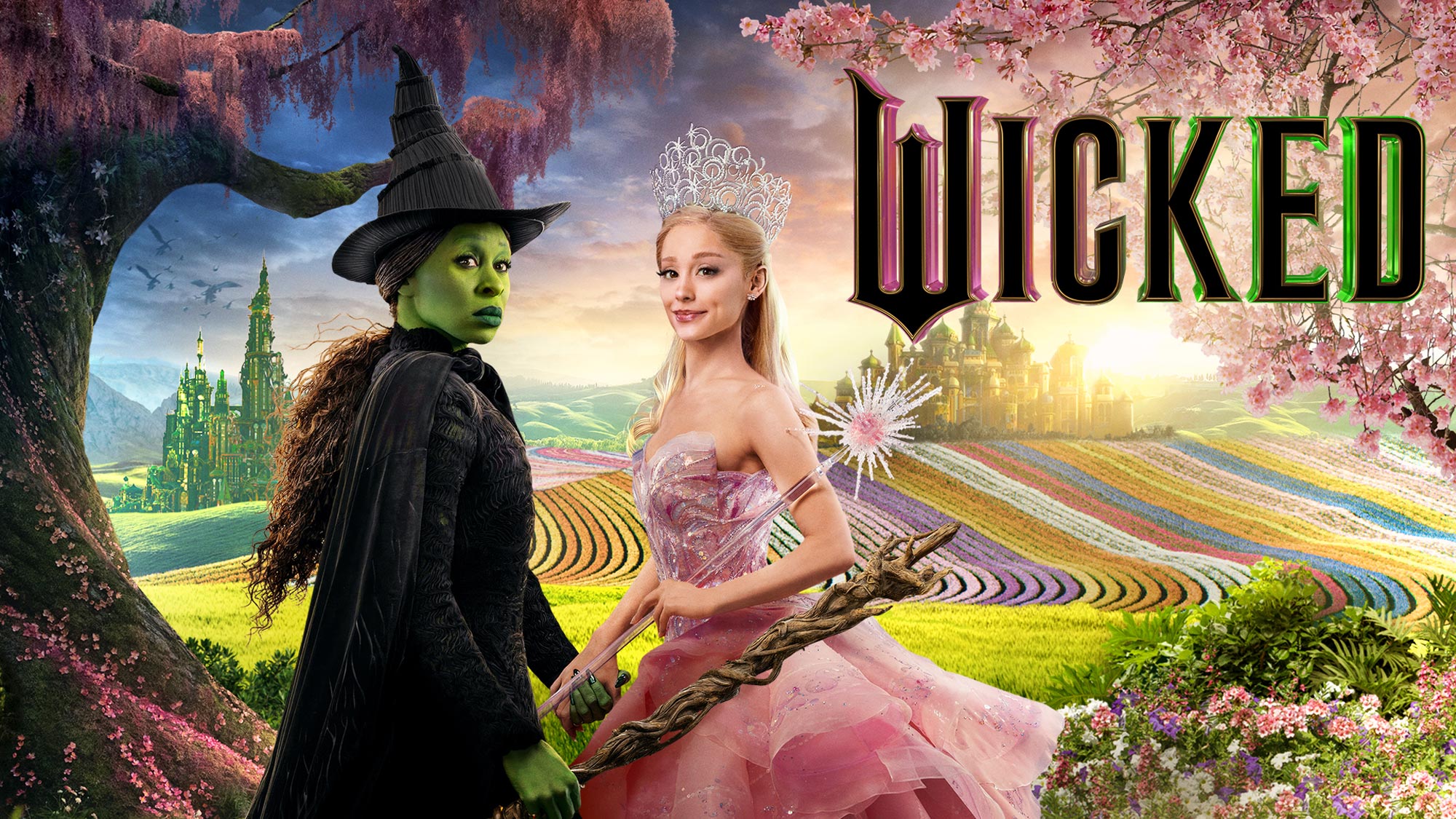- Tuesday, April 22, 2025

By: Vibhuti Pathak
A 2025 report from the University of Southern California (USC) has revealed a historic milestone for gender representation in Hollywood. For the first time, more than half of the top 100 movies of 2024 featured a female lead or co-lead. This marks a significant improvement in gender representation, surpassing the US Census, where women and girls make up 50.5 per cent of the population.
The study, conducted by the USC Annenberg Inclusion Initiative, analyzed 1,800 top-grossing films from 2007 to 2024. It assessed the gender, race, ethnicity, and age of leading and co-leading actors in these movies. According to Dr. Stacy L. Smith, founder of the initiative, this milestone is a result of collective advocacy rather than a shift in economic priorities.
“This is the first time we can say that gender equality has been reached in top-grossing films,” Dr. Smith said.
“This is not the result of an economic awakening, but is due to several different constituencies and efforts—at advocacy groups, studios, and through DEI initiatives—to assert the need for equality on screen,” she added.

Movies like Wicked with Cynthia Erivo, Anora starring Mikey Madison, and Furiosa: A Mad Max Saga with Anya Taylor-Joy have played a key role in advancing gender representation. The USC report found that out of the 100 highest-grossing films in 2024, 54 featured a female lead or co-lead, a sharp increase from 2023 when only 30 movies had female-identified protagonists.
Major Hollywood studios also saw an increase in female-led films. Universal Pictures led the way, with 66.7 per cent of its movies featuring a female lead or co-lead, followed by Warner Bros. Pictures (55.6 per cent) and Lionsgate (54.5 per cent). Paramount Pictures (44.4 per cent), Walt Disney Studios (40 per cent), and Sony Pictures Entertainment (38.5 per cent) also contributed to the rise in gender representation.
However, the report also highlighted a troubling decline in racial and ethnic representation. Only 25 of the top 100 films in 2024 had a lead or co-lead from an underrepresented racial or ethnic group. This is a sharp drop from 2023 when 37 films featured leads of color.
Among major studios, Paramount Pictures had the highest percentage of films with leads of color at 33 per cent, followed by Lionsgate (27.3 per cent) and Universal Pictures (26.7 per cent). Representation was lower at Walt Disney Studios (20 per cent), Sony Pictures Entertainment (15.4 per cent), and Warner Bros. Pictures (11.1 per cent). No major distributor achieved proportional representation with the US Census, where 41.6 per cent of the population identifies as a racial or ethnic minority.
“This downturn signifies a lack of investment in storytelling that reflects the audience as a whole,“ Dr. Smith noted.
“The reality is that audiences want to see stories about women and people of color—studios and filmmakers do not have to choose between the two,” she added.
While representation for women reached historic levels, the report pointed out that women of color still face significant barriers. In 2024, 13 films featured a woman of color in a lead or co-lead role, a figure that remains largely unchanged from 2023.
“While this year’s findings mark a historic step towards proportional representation for women, there is still work to be done for women of color,” said Katherine Neff, the study’s lead author.